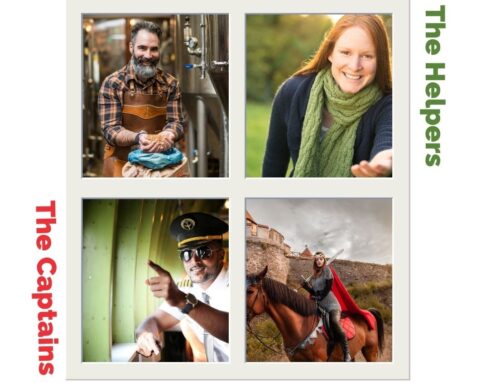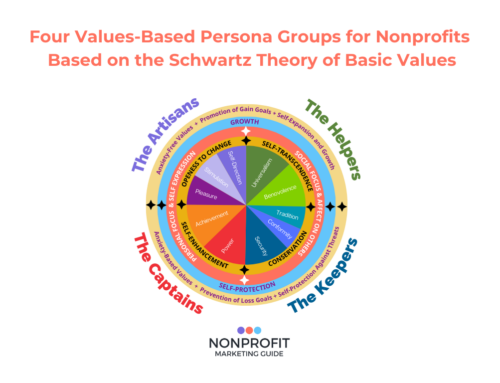
Pictured: Me reading these stupid pitches…
Whether you are writing a social media update, crafting an appeal letter, or trying to get a journalist to mention your story, you must:
Know. Your. Audience.
This also goes for asking someone to publish or link to your content.
Since I am responsible for our blog, I get hit up daily with requests to publish an author’s work or link to their content. (Kivi gets them too. It’s a bit of a nightmare, honestly.)
Some requests are genuine and actually focus on nonprofit marketing or fundraising. In these cases, I will either feature them in Mixed Links or publish their original post.
But more often than not, they are the Spammiest of the Spammers.
For example:

If you look closely at the url for that article, you’ll notice it’s from 2007.
So, 10 years ago Kivi mentioned what a guest said on a certain talk show, and now I am getting emails (he sent me 2 more follow-up emails as well) asking me to share his article about someone who has absolutely nothing to do with nonprofits. (Sorry if that sentence was somewhat confusing. I don’t want to mention that talk show host’s name again and start the whole process over!)
Are you doing the same thing at your nonprofit?
While the request I mentioned above is “Spray and Pray” on steroids, a lot of nonprofits are still marketing to the general public.
One of Kivi’s 7 Signs Your Communications Strategy Isn’t Strategic was:
Saying you will serve your “communities” or “constituencies” but never elaborate on who those people are. Strategies need to get beyond “everyone” and the “general public” and get specific about who you are communicating with.
The “general public” includes everyone from my thirteen-year-old son to my eighty-year-old mother-in-law. It includes bankers, single moms, cowboys, ballerinas, etc, etc, etc.
To be successful, your nonprofit needs to reach out to a specific subset of the general public, not to everyone. Only a small percentage of the general public is interested in what you are doing and can be motivated by you through your communications with them to help you achieve your mission.
So figure out who your people are before you start sending your appeals and publishing your content.
And if aren’t sure where to start, create marketing personas.
Your marketing personas represent the groups of people that your organization is trying to communicate with. Instead of creating content for the mythical “general public,” you’ll create content for a handful of personas. You’ll start making smarter marketing decisions and creating more relevant and effective messaging.
Download this marketing persona worksheet to help you.
And stop wasting your time and money on the general public!
Or you may just get a snarky blog post written about you by someone you spammed…




